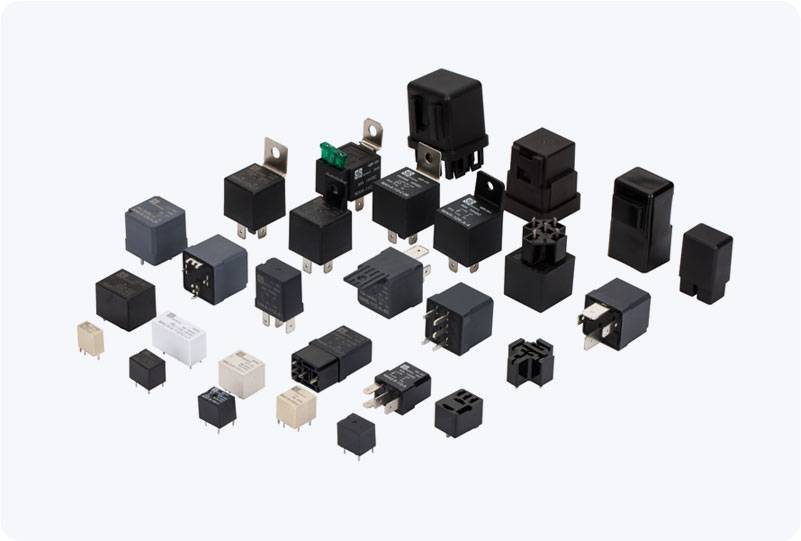understanding high current relays: essential components for electrical control
Release time:2025-08-28 02:35:30
High current relays are critical components in electrical control systems, designed to manage and switch high power loads safely and effectively. These electro-mechanical devices act as automatic switches, allowing low-power control signals to govern high-power circuits. As industries and technologies continue to evolve, high current relays have become indispensable in various applications, ranging from industrial automation to renewable energy systems.

What is a High Current Relay?
A high current relay, as the name suggests, is capable of handling large amounts of current, typically ranging from several dozen to several hundred amperes, or even higher in specialized applications. This capability makes them essential for controlling substations, motors, heating facilities, and many electric devices that require substantial energy input for operation.
Components and Structure
The fundamental structure of a high current relay consists of several parts:
Electromagnet: At the heart of the relay is an electromagnet, which generates a magnetic field when current flows through it. This magnetic field is responsible for actuating the relay’s mechanism.

